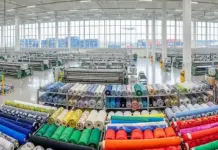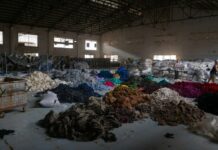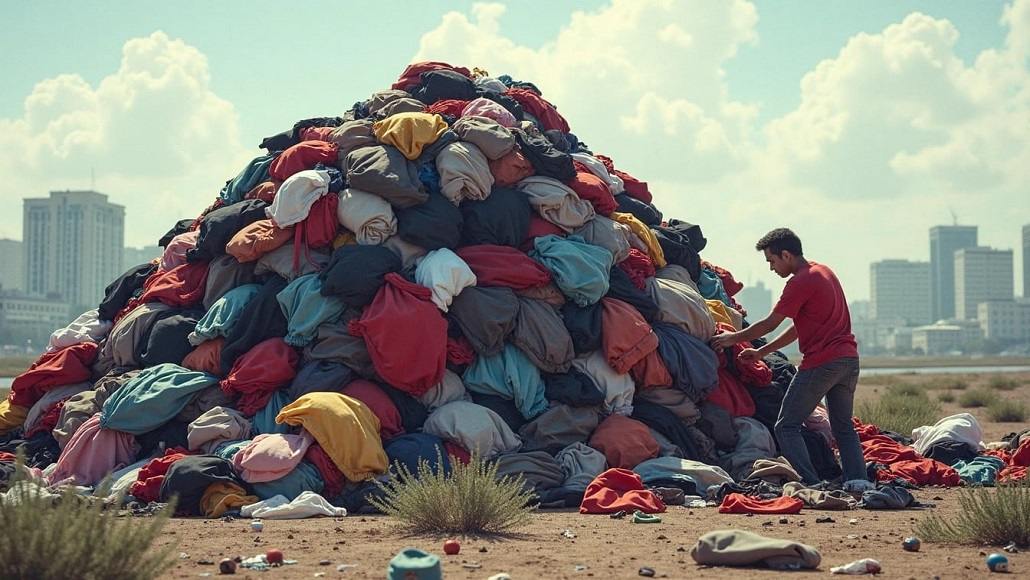Clothes are the items we use every day to show our personality, or just dress to impress or simply keep ourselves warm, clean and dry. The fact is that they should not be a source of eco anxiety. However, massive amounts of textile waste from our clothing and fast fashion, especially is a growing source of environmental Concern.
Clothing heads to the landfill
It is said that from the millions of tons of clothing which is generated every year, almost 65% of it ends up in landfills and that too within a year of purchase. In Illinois, US, clothing, and other household textiles, make up to almost 4.6% of waste stream as per Chicago textile recycling. Since Illinois goes on to produce 19 million tons of garbage every year, which is 23% more waste per capita as compared to the national average, that is around 874,000 tons of clothing in Illinois landfills every year.
It is worth noting that in our landfills many fabrics don’t get degraded quickly. It takes anywhere between a few months and a few hundred years, if you can imagine, for clothes to break down. That completely depends upon the fabric content.
Apparently, widely used synthetic fibers, such as spandex and nylon, can take almost more than 200 years to completely break down. This means that some of our most beloved clothing items are going to outlast us even long after we stop wearing them. The fact is that everybody needs clothes, and fashion is an excellent means in terms of expression. So how does one ensure that there is a reduction of clothing waste while we still wear the clothes we love?
Fast fashion is throttling the speed at which clothes enter the landfills
One of the quickly moving trend cycles has made way for an industry called fast fashion, where companies create a lot of stock that is on trend in hopes of selling it. This kind of practice leads to humongous amounts of clothing waste, as most of the companies will simply dispose of their excess stock once the season is over by landfilling or burning that overstock. This practice is inherently very wasteful. Fast fashion clothing items have a very short lifespan because they go out of style very quickly and also because they are lower quality and rip or wear out quite quickly.
Simply put, the best thing that one can do in order to decrease clothing’s effect on the environment is to buy less of it, and that happens to be the reverse of fast fashion.
Rather than turning towards fast fashion, it is always better to turn towards your neighbours
Let us look into clothing swaps. A clothing swap is an event wherein community members bring together the clothes that are no longer right for their closet and then swap them out for something that might be new to them. It is worth noting that clothing swaps have actually benefited beyond Just helping the environment, they enable people to clear out the closet, get them new pieces of clothing that they might love, and also save a lot of money. Participating in a clothing swap enables people to do all this while also preventing clothes from entering the landfills.
By way of choosing hand-me-down clothes as well as other pre-loved items from friends and community members, one can easily avoid adding to the demand for frequently thrown-out products when it comes to fast fashion. The slow fashion principles of reuse, reduce, and recycle can help in guiding towards making more sustainable clothing choices. As consumers, we can also advocate for fashion companies so as to become more accountable when it comes to their disposal practices that revolve around unsold products.
As the season witnesses a change, it is time to kickstart the closet cleanout by way of organizing a clothing swap within your society, school, community, or neighborhood. The fact is that saving the planet can be fun and now fashionable as well.



































